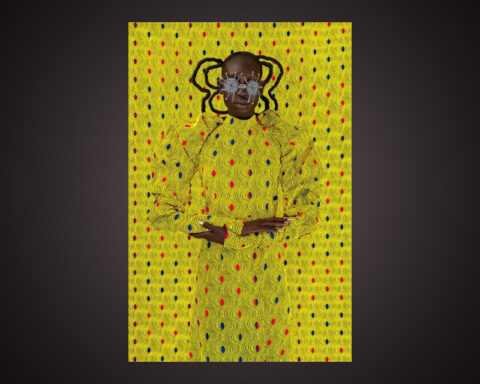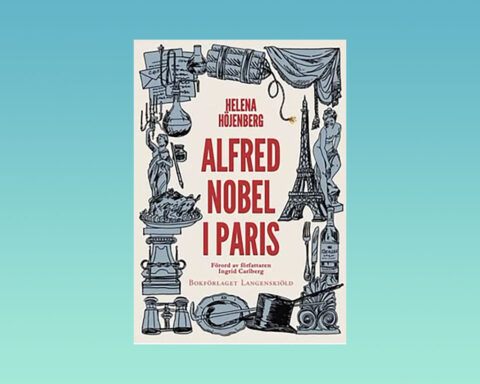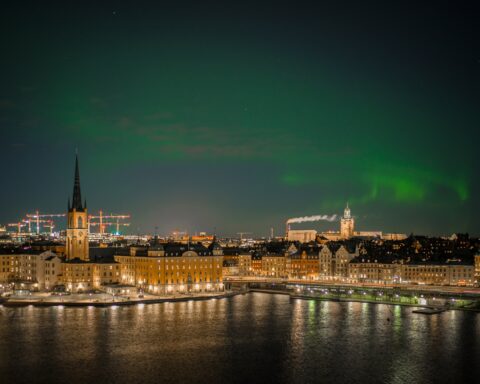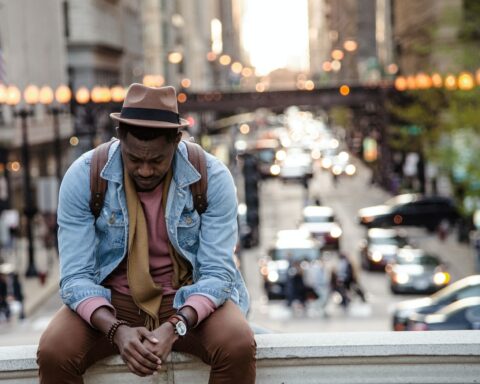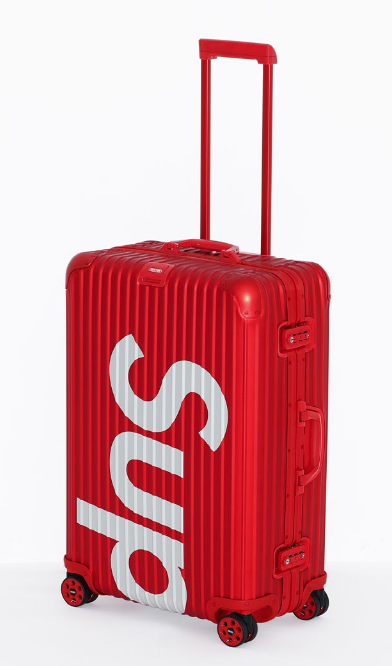
CULTURE. Luxes, this winter’s exhibition at the Musée des Arts Décoratifs, in Paris, isn’t only about travels though. It explores perceptions of luxury throughout the ages and from all corners of the world.
During this pandemic, it felt like a great luxury to be able to visit such a fabulous exhibition. For a short while, I dreamed of far-away ages and places, of palaces and festivities, of dazzling dresses and Louis Vuitton cases. I forgot all about facemasks, restrictions and diseases.
The exhibition is organised in chronological order, showing some 100 objects. It starts with ancient objects from Egypt, Iran and Greece; the oldest piece being a zoomorphic hedgehog vase from approximately 3500 – 3100 BC. These artefacts illustrate the archaeological perspective of luxury and show that man has always been more than a mere “assembly of atoms”.
The Romans inserted the concept of otium, leisure, in the form of articles, such as a beautiful deck of cards, a backgammon board and decorated manuscripts that are displayed. The 16th and 17th centuries are represented with mainly French court objects in silver and gold. However, from the same era, I preferred the Japanese art of kintsugi, broken ceramics repaired with gold leaf, and the Chinese pagoda barometer-thermometer.
A great novelty in this magnificent museum is the opening up of a room that’s been closed to the visitors: the Art Nouveau wooden-panelled Salon 1900, designed for the 1900 Universal Exhibition. In its footsteps followed fashion houses, with dresses and jewellery from Dior, Chanel, Hermès and Louis Vuitton, just to mention a few.
The exhibition finishes with contemporary luxury items, clothes and designed furniture. That luxury is seemingly determined by a logo or a brand name in our modern world is obvious when one remembers the queues of tourists outside some of Paris most fashionable houses.
Luxes offers an ancient as well as contemporary context to understand what makes luxury one of the most singular and symbolic features of civilizations. Paradoxically it also fits these strange times we live in now when mass-tourism is but a memory and travel has once again become a luxury only the very few can afford.
Time will tell if there will be a permanent shift of perspective that some long for or if this period will come and go and things will return to what they were before Corona. However, the human taste for beauty and luxury will surely prevail throughout the ages. It seems to have been engraved in our genes, as is pointed out in this fabulous exhibition.


